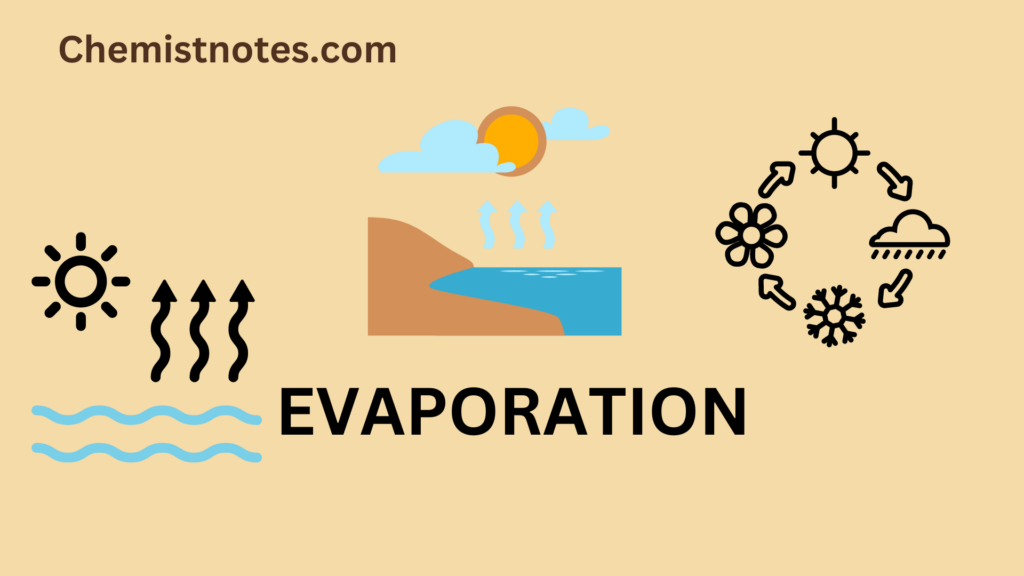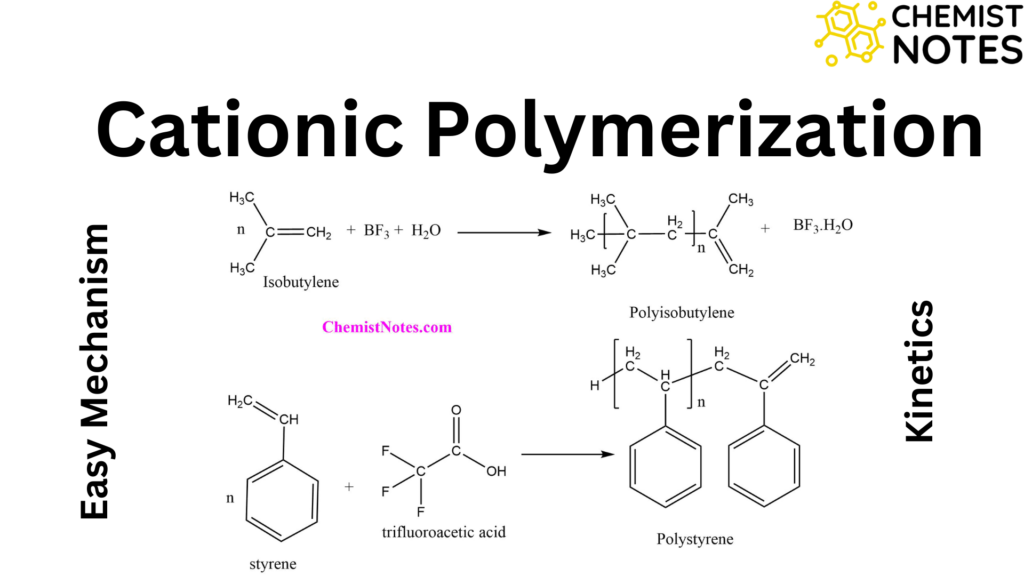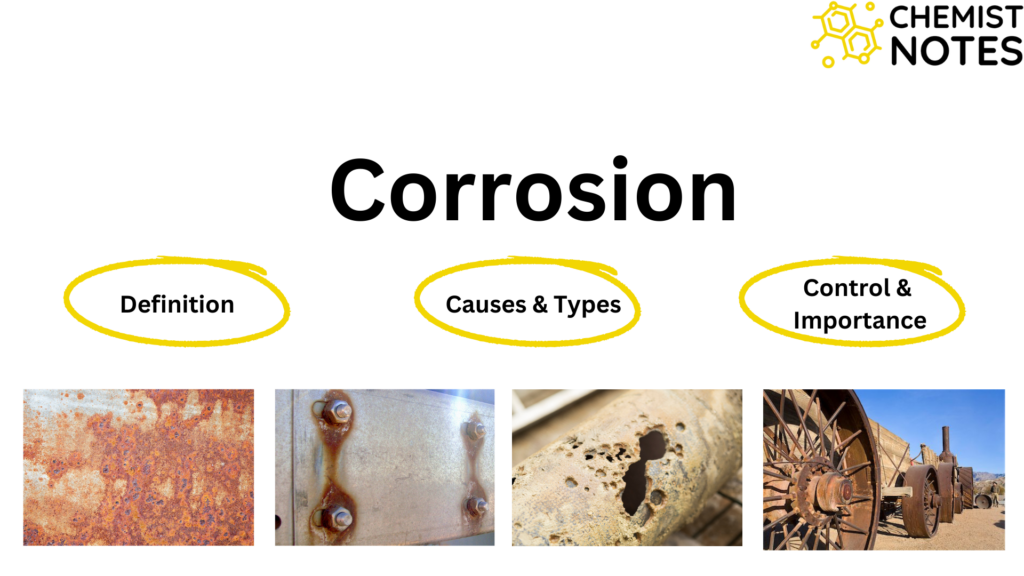Table of Contents
ToggleThe first law of thermodynamics is concerned with the law of conservation of energy. Energy is always conserved, meaning it cannot be created or destroyed but can be changed from one form to another, just like mass. The first law of thermodynamics can be enunciated in various forms. Some of the statements are:
- Energy can neither be created nor destroyed but can be changed from one form into another form.
- Whenever one form of energy disappears, an exactly equivalent amount of another form of energy must appear. For example, coal contains a high amount of internal energy. When coal is burnt, heat energy is produced which is converted into mechanical energy of steam and can drive a train. It illustrates that when one form of energy disappears, then an equivalent amount of another form of energy appears.
- According to joule and Maxwell, when heat is transformed into work or work is transformed into heat, the quantity of work is mechanically equivalent to the quantity of heat.
- The total energy of an isolated system remains constant although energy may be transferred from one form to another. Let us consider an exothermic reaction. In this reaction, heat is lost by a system to the surrounding. During this process, the total energy of the system and surrounding remains conserved i.e. loss or gain of energy by a system is exactly compensated by the gain or loss of energy by its surrounding.
First Law of Thermodynamics
In nuclear reactions, the change in energy corresponds to the change in mass and vice-versa. In this context, there is no conservation of mass or energy alone. In 1905, Albert Einstein gave a mass-energy equivalence relationship as
E = mc2
where, E= energy, m = mass, and c = velocity of light
Regarding this view, the first law of thermodynamics is defined as the total mass and energy of an isolated system remains conserved.
Mathematical Statement of First Law of Thermodynamics
Let us consider a system in its initial state with internal energy E1. When the system absorbs Q amount of heat from the surrounding, then it changes to the final state with internal energy E2.

Change in internal energy, ΔE = E2 – E1 ………………….(i)
Here, the change in internal energy doesn’t depend upon the path. When the system changes from its initials state to the final state let work done by the system be W. During this process,
Net gain of energy = Q – W ……………………………….(ii)
From equations (i) and (ii), we get
ΔE = Q – W
or, Q = ΔE + W ………………………………………….(iii)
In terms of infinitesimal change, equation (iii) can be written as
dq = dE + dW ………………………………..(iv)
If the work done is pressure-volume work, then equation (iv) can be written as:
dq = dE + P dV ………………………………..(v)
Equations (iii), (iv), and (v) is the mathematical statement of the first law of thermodynamics
Hence the mathematical statement of the first law of thermodynamics is that the amount of heat supplied to a system is partly utilized to increase internal energy and the remaining heat is utilized to do work i.e. dq = dE + P dV. If heat energy is lost by a system then its internal energy decreases and work is done by the system on the surrounding.
Different Cases in The First Law of Thermodynamics
Case I:
For isobaric process, dp = 0
The first law of thermodynamics is written as dq = dE + P dV
If it is compared to enthalpy reaction, dH = dE + P dV
Then, (dq)p = dH i.e. qp = ΔH
Case II:
For isobaric process, dV = 0
The first law of thermodynamics is written as dq = dE + P dV
or, dq = dE + P × 0
or, (dq)v = dE or qV = ΔE
For isochoric process, total amount of heat energy supplied is utilized to increase the internal energy only and there is no work done.
Case III
For isothermal process, dE = 0
The first law of thermodynamics is written as dq = dE + P dV
or, dq = 0 + W
or, (dq)T = dW
For the isothermal process, the total amount of heat energy supplied is converted into work and there is no increase in internal energy.
Case IV
For adiabatic process, dq = 0
The first law of thermodynamics is written as dq = dE + P dV
or, 0 = dE + W
or, -dE = W
In this case, work is done by the system in the compensation of internal energy.
Significance of First Law of Thermodynamics
The first law of thermodynamics shows the relation between heat and work. A specific amount of work can be accomplished by applying a specific amount of heat energy, or the reverse is the case. The creation of perpetual motion devices is prohibited by the first law of thermodynamics. The disappearance of heat is a prerequisite for the appearance of work.
Limitation of First Law of Thermodynamics
The main aspect of the first law of thermodynamics is the conservation of energy. Two important state functions i.e, internal energy (E) and enthalpy (H) are introduced by the first law of thermodynamics. However, it suffers from the following limitations.
- The first law of thermodynamics is only concerned with the conservation of energy. It does not explain the direction of the flow of heat.
- The first law of thermodynamics does not explain why all chemical reactions do not go to completion.
- It does not tell anything about why spontaneous reactions are unidirectional.
- All natural processes are spontaneous in a direction that leads to equilibrium. The first law of thermodynamics does not tell anything about it.
- The first law of thermodynamics does not oppose for the existence of an engine having 100% efficiency or a self-acting machine where conservation of energy can be imagined. In fact, such type of machine cannot be obtained in actual practice.
- Work can be completely converted into heat but heat cannot be completely converted into work without leaving permanent change in the system or surroundings. This fact is not explained by the first law of thermodynamics.






